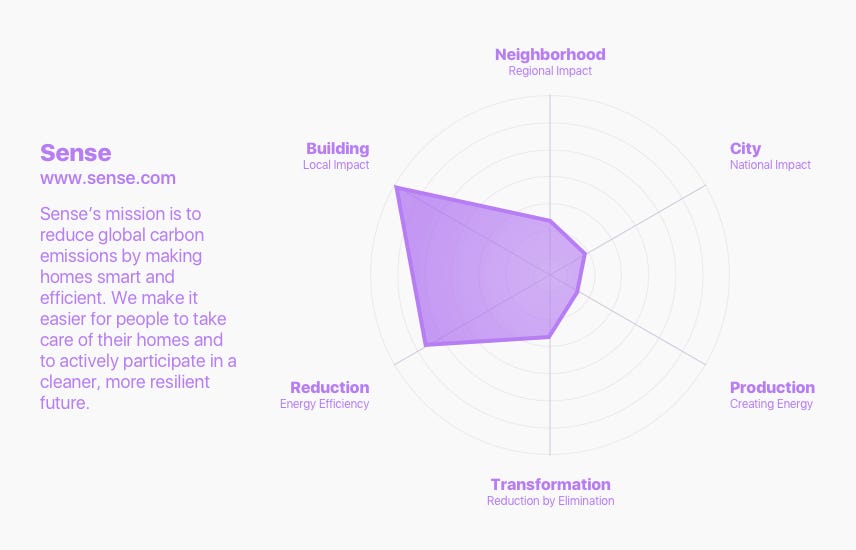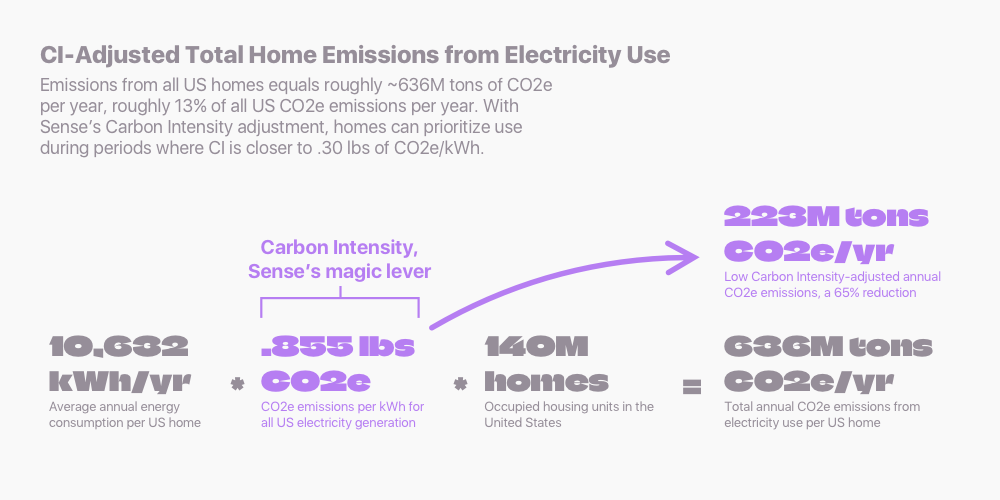On Saving Money as a Climate Solution
And how intuitive design and homeowner education can create a major lever for US CO2e emissions reductions

A Primer — The Role of Buildings
Our buildings have evolved to meet our growing needs for millennia. Today, our buildings are places of worship, healing, community, and everything in between — but it wasn’t always this way. More than 300,000 years ago, our earliest human ancestors appeared and began to transform their natural environment. Their primitive shelters transformed into agricultural settlements that eventually developed into massive continent-sprawling civilizations. And as our populations grew, our need for buildings increased, and more human-made emissions were released into the atmosphere to produce construction materials, heat our homes, and keep the lights on. Now more than 56% of the world’s population lives around densely populated urban areas, with a forecast of 68% by 2050 (source).
Despite its necessity, buildings are also one of the leading contributors to climate change. As of 2021, the construction and operation of our buildings accounted for nearly 33% of annual global CO2 emissions — from direct emissions of burning fuels (8%), to indirect emissions required to produce the electricity powering our homes (19%), and even in the manufacturing of building materials (6%) (source).
As we look to the future, buildings will continue to be a primary lever for equitable change and economic growth. In light of the dire need for millions of units of affordable housing and emergency housing for the homeless across the country (source), it will be increasingly important for new and existing buildings to play a role in both public health and climate change.
Energizing the Built Environment
To put some guide rails around the new technology and companies I’m exploring, I’ve created the building impact wayfinder — a radar graph that illustrates each solutions’ reach (from local to national) and approach (from reduction to production). In light of the various drawdown solutions in the climate tech industry, I felt our buildings possess these two superpowers:
Scale. The ability to make impact at dramatic pace when scaled from a single-family dwelling to massive multi-family developments.
Net Positive. The ability to transform from net negative emitters to net positive energy producers.
Sense, a fitness tracker for the home
I’ve long been a fan of Sense, but haven’t found the motivation to shell out $299 for one of their cute little orange boxes — more on this later. If you look on Crunchbase, you’d find that the team at Sense have been grinding on this product for nearly a decade. In 2013, the company started making its first home energy monitor, an iPhone-sized device designed to live in your electrical panel and measure the energy output through current sensors attached to the main and individual breakers. Innovative yes, but not novel. Sense wasn’t the to the market with current sensors, in fact the market today has over a dozen similar products from Emporia to Iotawatt, and chances are if you don’t see what you’re looking for there’s an alternative. Despite the market competition, Sense’s magic happens in the cloud, where advanced signal detection can infer what appliances are in use in your home based on the watt signal. My guess is that this is the magic sauce the venture capital money is backing.
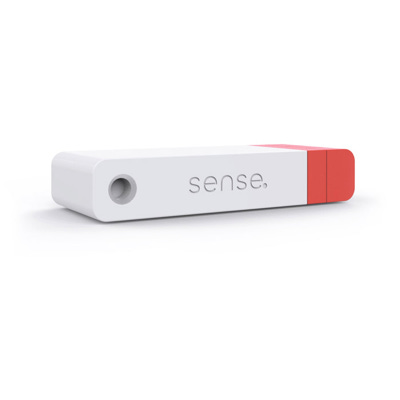
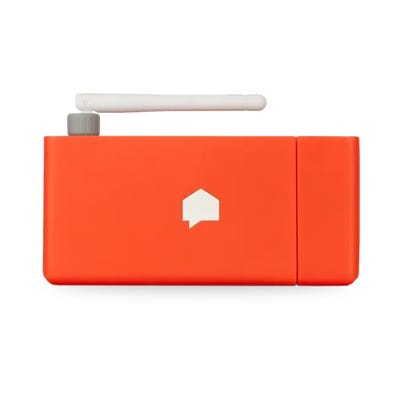
A dashboard for saving money and energy efficiency
As the son of two immigrants, I’m no stranger to saving money. My conservationist roots can be traced back to my early years, when I was taught repeatedly to turn off the lights when you leave a room, put on a jacket indoors when you’re cold, and never touch the thermostat. (I also recently learned that my wife’s immigrant parents left their garage open all day because they wanted to conserve energy used to power the garage door opener. Epic.). Although financial in nature, these habits live on in my daily life as a homeowner looking to reduce my energy consumption and find the most energy efficient products I can put in my home. Back then, it was nearly impossible to know how much electricity and gas we were using at any moment. Before smart meters, we could only assume that our energy saving tendencies amounted to savings on the utility bill each month.
Despite improvements to smart utility metering and online dashboards provided by our utility companies, we have no access to real-time information about what appliances are drawing the most energy and when. This is Sense’s superpower. Their app is a fun and intuitive interface that not only delights homeowners with notifications when new appliances are detected, but also with tools and tips to conserve energy based on peak regional hours. And when the difference between off-peak and peak hours is over $.40/kWh and growing, the savings add up.
The climate impact
Sense-induced energy reductions will vary from house-to-house and depend on a variety of factors, including energy provider (and their fuel mix), whether the home has solar and a battery, and how many appliances are gas-powered vs. electricity-powered.
Assuming the average household is not fully electrified and is 100% dependent on grid energy, we can assume a daily use of 29 kWh (source), using a mix of fuels that accounts for 0.855 lbs of CO2e (carbon dioxide equivalents) per kWh (source). This means, to operate our homes normally each year, we use 10,632 kWh and generate roughly 9,090 lbs of CO2e, just over 4.5 tons of carbon dioxide equivalents. Ball-parking over 140 million homes (source), that’s 630 million tons of CO2e, or 13% of the of total US emissions each year (of 4.9 billion tons) or 2% of the global emissions 37 billion tons). This is a crude estimation that doesn’t acknowledge any commercial properties, net-zero homes, or emissions from burning fossil fuels such as propane or natural gas, but is meant to provide an illustration of our baseline impact.
Sense does 2 things extremely well that could meaningfully reduce the home emissions at scale, and it does this simply with intelligent design and continual education:
The Sense dashboard teaches homeowners about carbon intensity (CI) and notifies them when to reduce energy consumption when CI is high. This is important because CI is a multiplier that changes based on the time of day and when utilities have access to renewables (e.g. during the day, utility companies have greater access to wind and solar). In my example above, CI was .855 lbs/kWh. During high renewable energy periods, utility companies can reduce CI to .3 lbs/kWh, effectively shrinking by nearly 65%. Compounded across all the housing stock in the United States, that’s a massive reduction.
The Sense platform creates a stepping stone to encourage homeowners to reduce and transform our homes to work more efficiently for us. Through partnerships with solar installers, appliance installers, and even EV manufacturers, Sense can help homeowners transition their homes to net-zero, with all-electric appliances, solar and storage, and an EV in the driveway.
Is Sense for everyone?
Despite its ease-of-use, Sense has several high friction points:
It recommends a professional electrician install it. Despite requiring only 30 minutes of time, most electricians won’t come out for a small job and often charge a minimum hour’s worth of time. This is enough cost to deter even the slightly motivated.
It’s not 100% accurate. Search App Store reviews, Reddit, and other review sites and you’ll find that their detection algorithm isn’t 100% accurate. Compared to other products like Emporia Vue, which ties into every single breaker, Sense relies primarily on the 2 main currents and their AI to detect appliances at a granular level, charging more for additional current sensors. Lack of accuracy could scare away the hobbyist.
The home automation hobbyist. Despite high utility, the points of friction above are enough to scare away nearly every homeowner, which is why you find Sense and other home energy monitors tucked away into the r/homeautomation and r/smarthome corners of Reddit.
I find myself a half step under the home automation hobbyist, which is one reason I’ve yet to install the Sense myself. But most importantly, because our home has Tesla solar panels and a Powerwall+, I get 50% of Sense’s energy monitoring tools in Tesla’s home app, which shows total consumption and allows for basic settings such as deprioritizing battery charging during peak hours (though it would be nice to have a CI function). But if you don’t have an existing home energy metering tool and have the motivation and cash to hire an installer, this is the right tool for you.
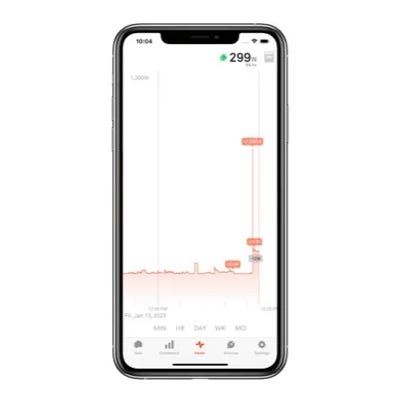
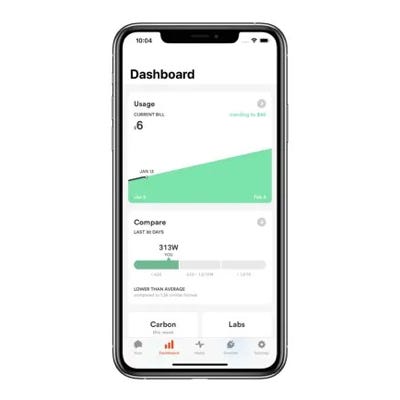
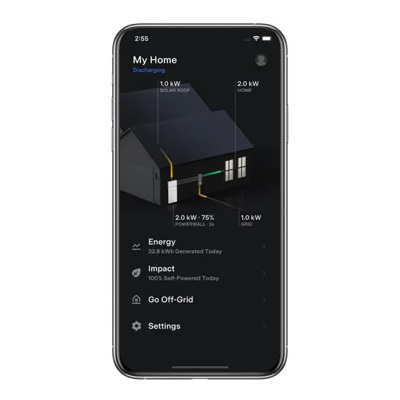
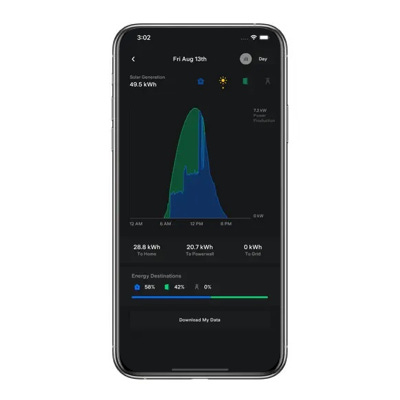
Sensing a future of strong partnerships
Let’s face it, today Sense is for the DIYers and weekend warriors that hack home assistant together, not your average homeowner. But Sense is smart, and the team seems to be working towards growth in 2 directions:
Horizontal. From the Basic Sense with main current sensors to the Sense Solar with additional Flex Sensors, Sense is finding meaningful ways and home electrification events to connect their orange box to your main panel. By tacking on their box to larger home energy projects, they can build variants to create a suite of products to meet you where you are.
Reach. Through global partnerships with Schneider Electric and Landis+Gyr, Sense is embedding their secret sauce into major home energy components such as the main panel and the smart panel. By placing special attention to the moment of construction, renovation, or even at the electrical panel upgrade, the Sense platform will find a product surface to serve homeowners their super-powered energy consumption insights.
Sense’s mission is to reduce global carbon emissions by making homes smart and efficient. We make it easier for people to take care of their homes and to actively participate in a cleaner, more resilient future.




